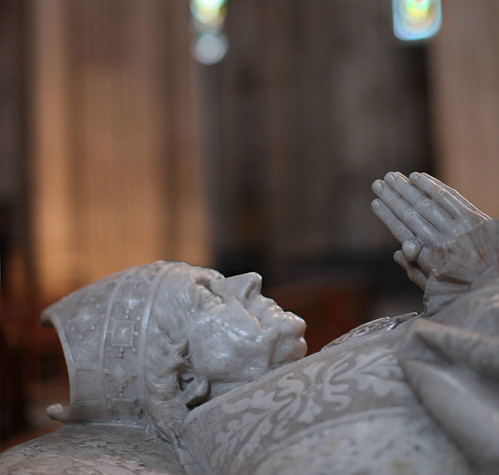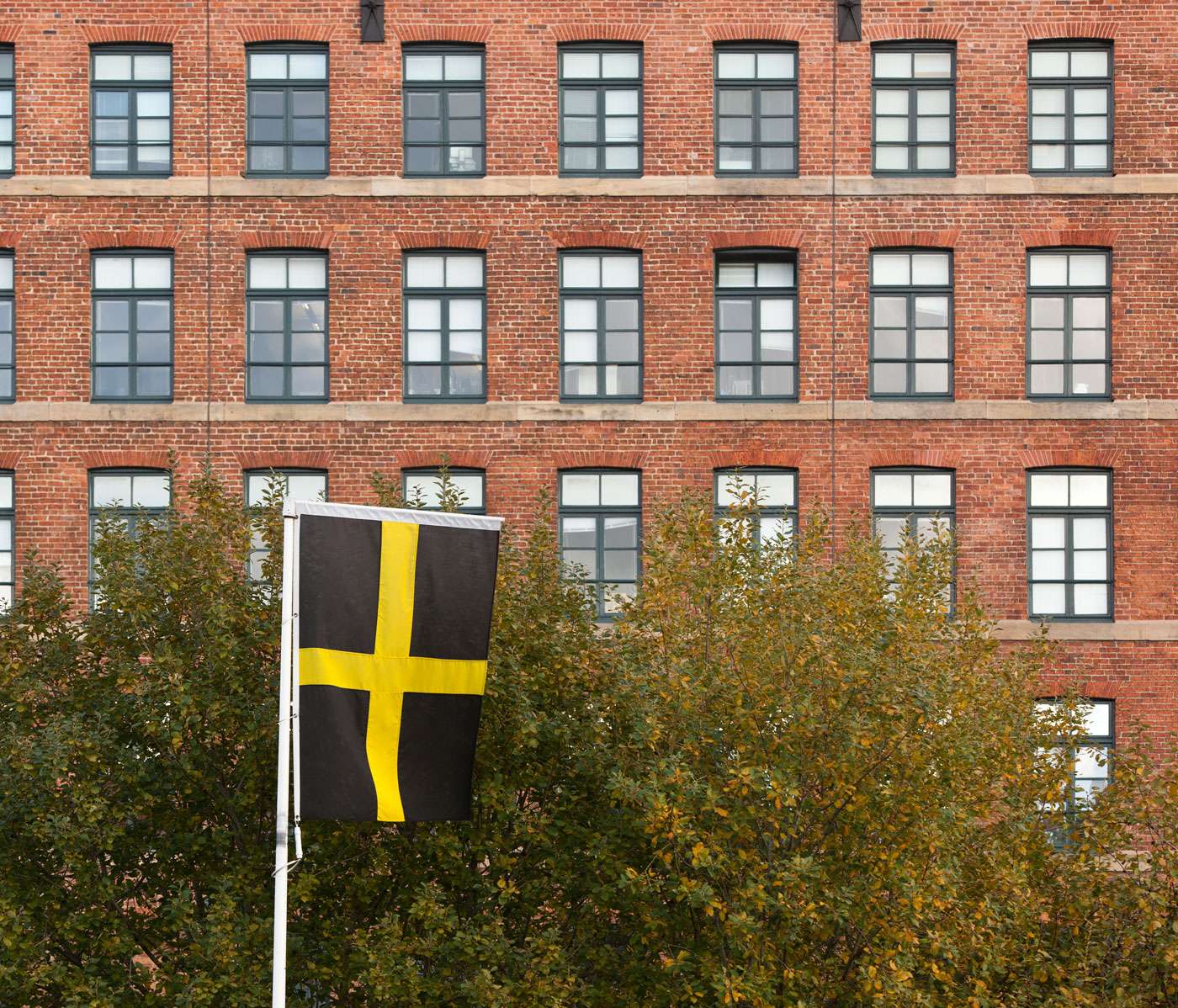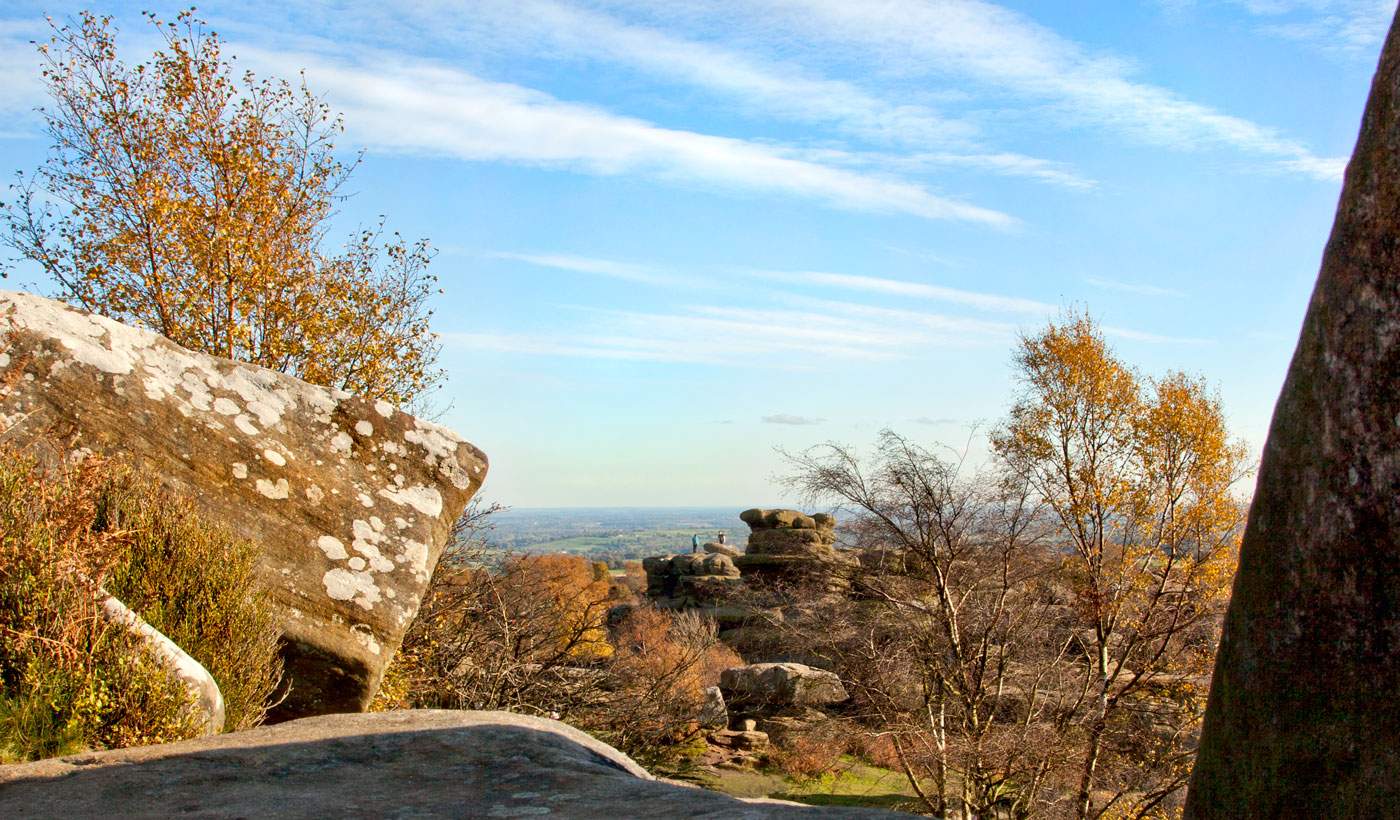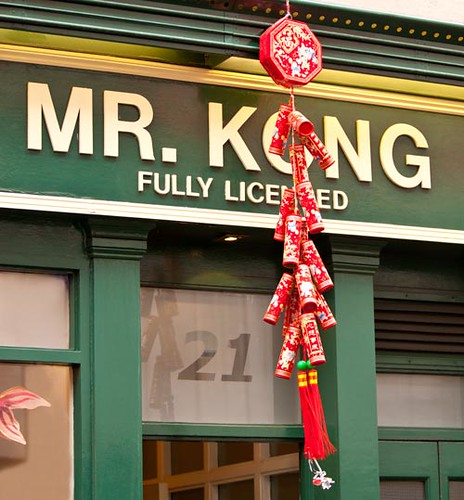
Understanding colour helps us bring out features of our pictures. The complementary colours red and green emphasis the colour strength of red. Red is a powerful symbol of luck and good fortune in Chinese culture - emphasised here by the colours.
One of the things that I love about life is colour. It’s everywhere. As well as the awesome colours in nature there are wonderful shades of colour created by modern paints, printing and materials. To get the most from your pictures colour is something that photographers should exploit.
I wonder how many colourful scenes you walked past today? We all do it. We see vivid and rich colours so much that we miss them when they are right in front of us. Good photographers know the strength of colour and how to use it. To begin working well with colour it is a question of sensitising yourself.
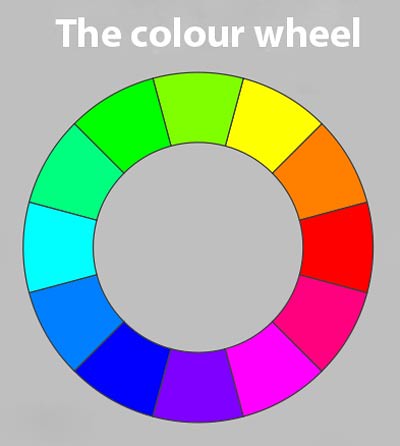
The colour wheel helps us understand relationships between colours. Complementary colours are on opposite sides of the wheel. Harmonious colours that work well together are found adjacent to each other.
The colour wheel is one way to look at colour in your pictures. Finding colour harmonies and opposites is important. Good use of colour helps us to convey our message more effectively.
In the colour wheel above you can identify some basic ideas to help you use colour in your photography. Research has shown that colour is largely a perceptual experience. That is, we all see it in our own unique way. There are no absolutes. However, humans do broadly agree on colour and there are a range of theories explaining it and what we see. Colour wheels, like the one above, are simple systems that help us see some features of colour. If you read up more about colour then you will see different representations of colour – often in different colour wheels.
To get you started thinking about colours I want you to think of two features of the colour wheel above.
First, colours that are opposite each other are known as ‘complementary’ colours. They are like that because they contain no element of thier opposite in thier make up. They throw up opposite views and feelings. The colours play off each other. They help to stand out from each other. They are distinct and strong against each other.
On the other hand, the colours next to each other on the wheel are known as a adjacent or harmonious colours. These are the ones that work best with each other. In graduated steps these colours will blend through different tones into each other. They contain elements of each others colours. They convey harmony, tonal graduations, interweaving and subtle variation.
To help you understand colours you can do a simple ‘awareness’ exercise. Pick a colour – it can be any colour you want. It could even be a colour you do not like. Note its opposite and its adjacent colours. Now you have looked at these go out and take some photographs. Start to sensitise yourself to this colour and its complements and adjacent colours. Take as many shots as you can that show harmonious and complementary ideas.
Once you are sensitised to that colour try another, and then another. Before long you will find eye-candy in a whole range of colours and you will be looking for it everywhere.
Our eyes like a bright colour. So, try to be distracted by as many bright, vivid colours as possible. Explore the way they relate to other things near them. Look at how they make things stand out from the background noise of life going on around them. Feel how they blend into the world around them – or not. In other words, sensitize your eyes to the meaning and feeling of colour – then bring it out in your photography.
Colour is about making things bright and fun. Have a whole week of colour. See if you can really get some eye action!
By Damon Guy (author and Photokonnexion editor)

Damon Guy (Netkonnexion)
Damon is a writer-photog and editor of this site. He has run some major websites, a computing department and a digital image library. He started out as a trained teacher and now runs training for digital photographers.
See also:
Editors ‘Bio’.
Can you write? Of course you can!We would love to have your articles or tips posted on our site.
Find out more…
Write for Photokonnexion.
![]()
 Photokonnexion tips by email
Photokonnexion tips by email






